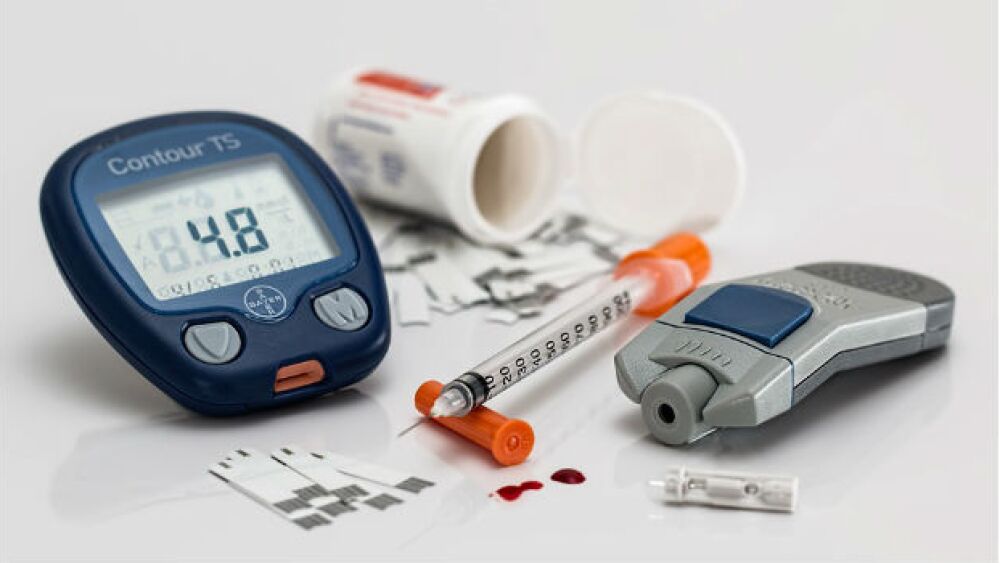Danish company Novo Nordisk is a leader in diabetes treatment, but this week announced it was upping its commitment to stem-cell-based therapies and expanding its focus.
Danish company Novo Nordisk is a leader in diabetes treatment, but this week announced it was upping its commitment to stem-cell-based therapies and expanding its focus. To do so, it’s developed an exclusive collaboration with the University of California San Francisco (UCSF) and licensed technology to generate human embryonic stem cell (hESC) lines using good manufacturing practice (GMP) manufacturing technology.
In early May, the university and Novo Nordisk inaugurated a new GMP laboratory at UCSF. They indicate they have hit preclinical proof-of-concept in getting pluripotent stem cells to develop into insulin-producing beta cells. Working with Cornell University, Novo Nordisk is working to develop an encapsulation device that will protect the beta cells when they are transplanted into patients. The encapsulation device is designed to keep the patients’ immune system from attacking the cells. Novo Nordisk expects it will enter the clinic in the next couple years.
“Finding a cure for diabetes is part of Novo Nordisk’s vision and recent progress in our stem cell research and the access to robust and high-quality cell lines raises hopes for people with type 1 diabetes,” said Mads Krogsgaard Thomsen, Novo Nordisk’s executive vice president and chief science officer, in a statement. “Our collaboration with UCSF is also expected to accelerate current and future partnerships to develop stem cell-based therapies for treatment of other serious chronic diseases.”
The company’s work in this area is not limited to diabetes. It has deals with Biolamina and Lund University to develop stem cell-based therapies for Parkinson’s disease. And it has another collaboration with Biolamina and the DUKE National University Singapore Medical School working on chronic heart failure and age-related macular degeneration.
Novo Nordisk brings in $17.5 billion in annual revenues, with the bulk of it coming from diabetes-related products. It is currently expanding its manufacturing activity for its current and future GLP-1 and insulin drugs in Clayton, North Carolina. The new facility, expected to be fully operational in 2020, will have 833,000 square feet and create 700 new jobs for a total of 1,700 in the small town near Raleigh. Novo Nordisk is investing $2 billion into production facilities in Clayton; Malov, Denmark; and Kalundborg, Denmark, with $1.8 billion of it going into the Clayton site.
In February, Novo Nordisk reported positive results from a Phase III trial of GLP-1 oral semaglutide. It lasted 26 weeks and evaluated the efficacy and safety of three doses of the drug compared to placebo in 703 patients. It met is primary statistical endpoint, showing significant and superior improvements in HbA1c for all three doses. The 14-mg dose also showed significant and superior weight loss compared to placebo.
“We are very encouraged by the results of the PIONEER 1 trial, which confirm the unprecedented oral efficacy of semaglutide that was reported in the Phase II clinical trial in type 2 diabetes,” Thomsen said in a statement at the time. “We look forward to providing data from the remaining nine PIONEER trials throughout this year and an expected regulatory submission in 2019.”
If approved, the launch of the new drug would be in 2020. GLP-1s are a new class of drugs that stimulate insulin production. The first of these drugs was derived from the venomous bite of North America’s Gila monster lizard. To date, all GLP-1s have been injections.





